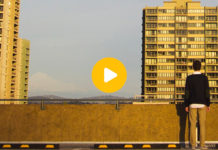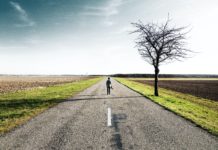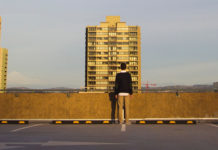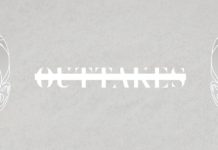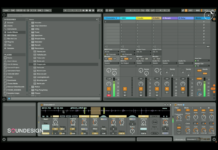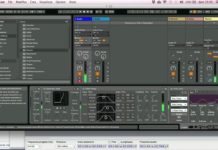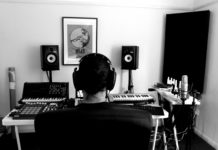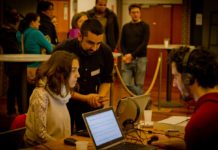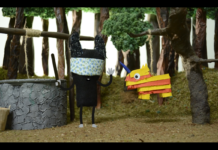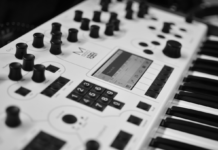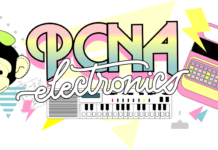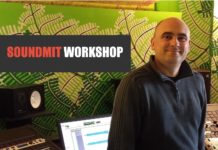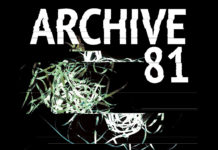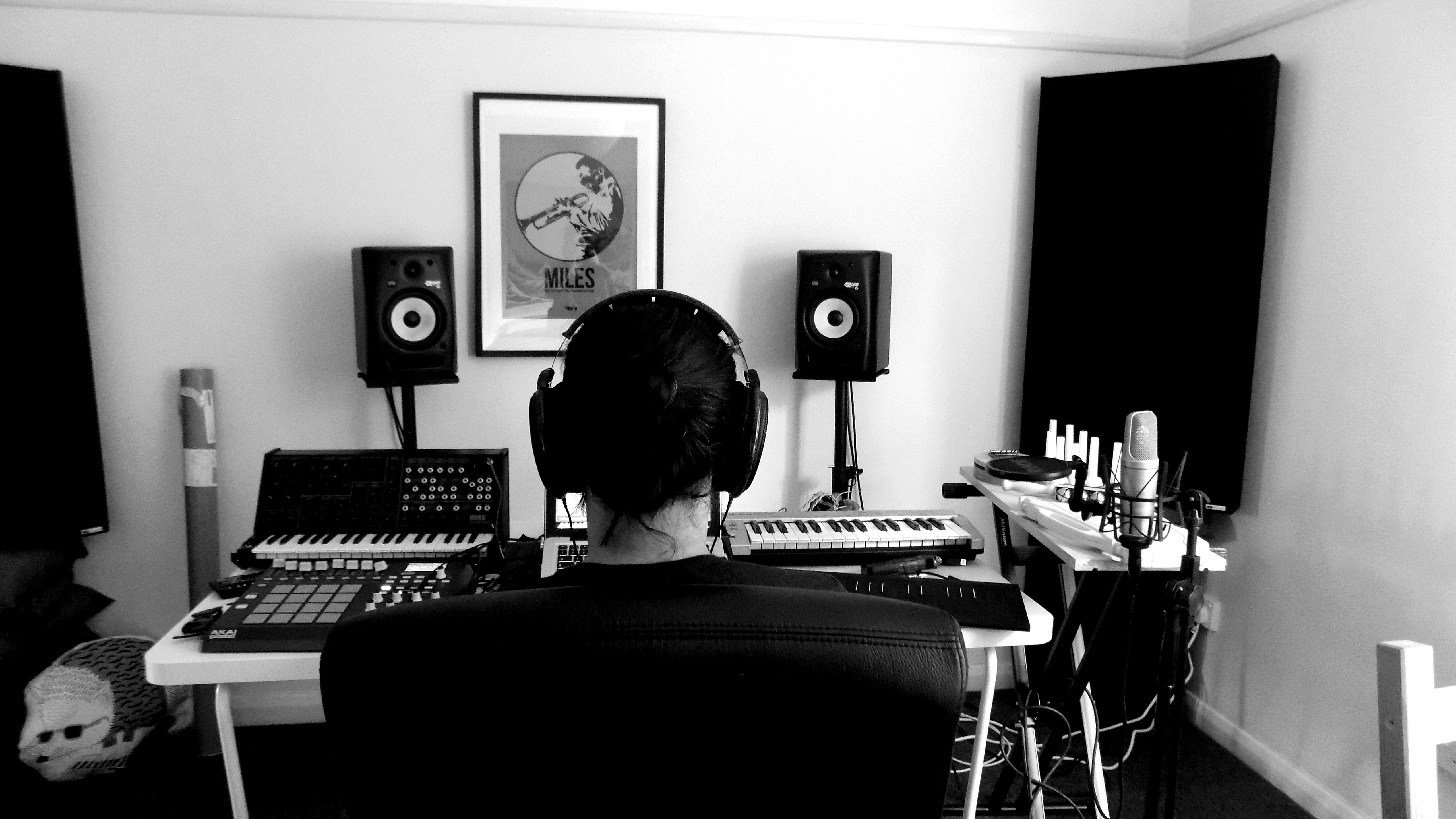So, we’re amazed by the great number of professionals that we’re getting in touch with. We think community is everything in the sound industry, we believe sharing ideas and stories make us all grow up together, learning from each other’s experience.
Thanks to you all for making our interviewing format grow! And today… we introduce you to Giuseppe Caiazzo, a brilliant lad whose sound design is music and whose music is sound design. Let him explain what this means:
1) Who is Giuseppe Caiazzo in few words?
GC: Thank you for having me! I’m an ordinary guy with a strong passion (obsession) with sound and music production, an electronic artist (under the moniker of SMHERTZ) with a multifaceted approach to sound design. Basically my interest gravitates around the concept of searching music (rhythm, melody, timbre) in unusual sources, it’s a personal research that touches many areas, technology, waves science, psychology and converges towards a common artistic point. This is the core concept of my project Silence+OtherSounds Music , which is also my label.
2) Sound Design and Music, two aspects that nowadays might sometimes be the same thing; is this true, in your opinion and why is this happening? Why does music more and more incorporate what could be referred to as “noise�
G: I think that to a certain extent it’s a natural consequence of the technology at our disposal, art and technology have a very old affair and artists have always been exploring the creative possibilities of technology.
“The geographic, cultural and historical context sets a specific sonic landscape in our everyday life which affects how we perceive music”
Our mind is shaped by a sort of sonic template , the sound scenario to which we are used affects our brain in the perception of what is considered ‘musical’ and what not . For example if you go out for a walk with your earphones, what you hear is a blend of music and the surrounding sound of the city, it’s like living a continuous cinematic and interactive experience where music and reality blend in a sort of real life soundtrack. It’s a curious mix that contributes to how we think and make music.
3) Giuseppe Caiazzo as an artist: where did you start from and what are your biggest influences?
G: I started as a DJ/HipHop beatmaker taking samples from my record collection, creating these musical patchworks made up of bits of Jazz and Funk, re-combining them in a new musical fabric. Then gradually I started to consider other sources for my samples, from field recording to found sounds, which has been a true epiphany, and it’s actually how Silence+OtherSounds Music is born. I can say that the overall point of my music is interpreting the sound at its rawest level, researching the music that is wrapped in it and putting it in a production context. So it’s not been a conscious choice really, I’ve just been sucked in! My influences change quite frequently, lately I discovered this Youtube channel called Sonne Image which is a goldmine of obscure, synth driven library music from the 70s – 80s. I’m totally into soundtracks and library music.
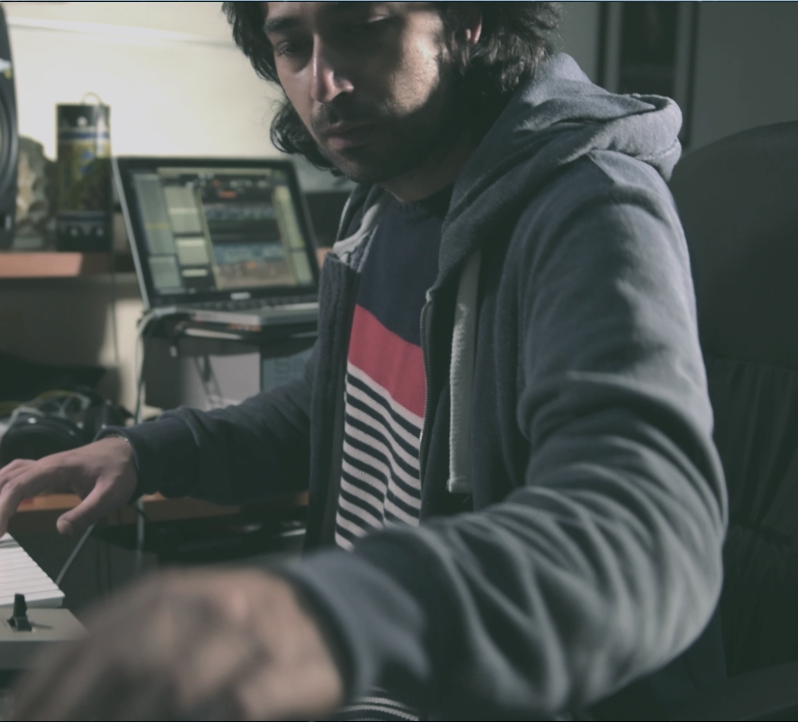
4) Plans for any sonic future release you’d like to share?
G: I will experiment more with sound and images, I have a very visual approach as a music listener and maker and I ‘m working to translate this aspect in the way I deliver my music. There are many similarities between the creation of surreal electronic soundscapes and the work of some visual artists with 3D motion graphics.
5) Your creative process ranges can be defined as a mixture of synthesis and found sound processing. What do you think this approach adds to your work? Do you ever use sound libraries?
G: No, I don’t use libraries.
“The point of my work is to craft my personal sonic palette and put the listener in a sonic environment that evokes a visual experience, that’s my goal”
We live in a very visual world and we don’t realise how sensible we are to what we hear and listen, how all the possible nuances of our auditory experience can affect our perception and emotions. I try to explore these nuances to let the listener find a sort of emotional resonance with what he or she’s listening, trigger their visual memory and imagination through sound. I might sample an ambulance sound and put it as it is to evoke a sense of danger, or I can leave intact some sonic details of the original sound and exaggerate others, which leads to a completely different perceptive scenario.
6) Giuseppe Caiazzo as a sound designer: since part of your work include media-related projects, can you share with us how you got in touch with clients at first?
G: Sure. I recently started to work with indie game developers, it’s a very interesting area as adaptive sound and music are something that I would like to explore more. At the beginning I didn’t know how to start, really had no connection to that world so I just did some sounds effects demos and posted in forums and website of indie devs, just to see if they needed someone who could help with the sound and music. To be honest I didn’t expect results, but luckily I started to receive the first mails and arranged some agreements, it took some months but it worked.
7) Why London? What is this place offering to you as an artist? What are the three most shocking aspects from which your native country Italy differs from the United Kingdom, for a professional figure like yours?
G: I have always been fascinated by the UK, I moved here from Italy during a period of my life when I really needed a refresh, for a number of reasons, and the multi-ethnic , heterogenous character of this society seemed to me the right context to do so. So this is a first important aspect, Britain may appear as a more individual centred culture but as a consequence it results to be less pigeonholing than Italy, nobody seems to expect nothing from you for your social status, your dress code etc. Second, Music and Sound find space in many professional contexts, even outside the world of creative professions; for example, I also work as a researcher and my current work in waves propagation at the University of Southampton has many sound related aspects. I consider it a very strong input in my work with music and sound as well. And finally, electronic music here is deeply rooted even in pop music, people don’t make this cultural distinguish between producers and rockers, recently something is changed in Italy but some years ago DJs and producers suffered the prejudice of not being ‘real’ artists.
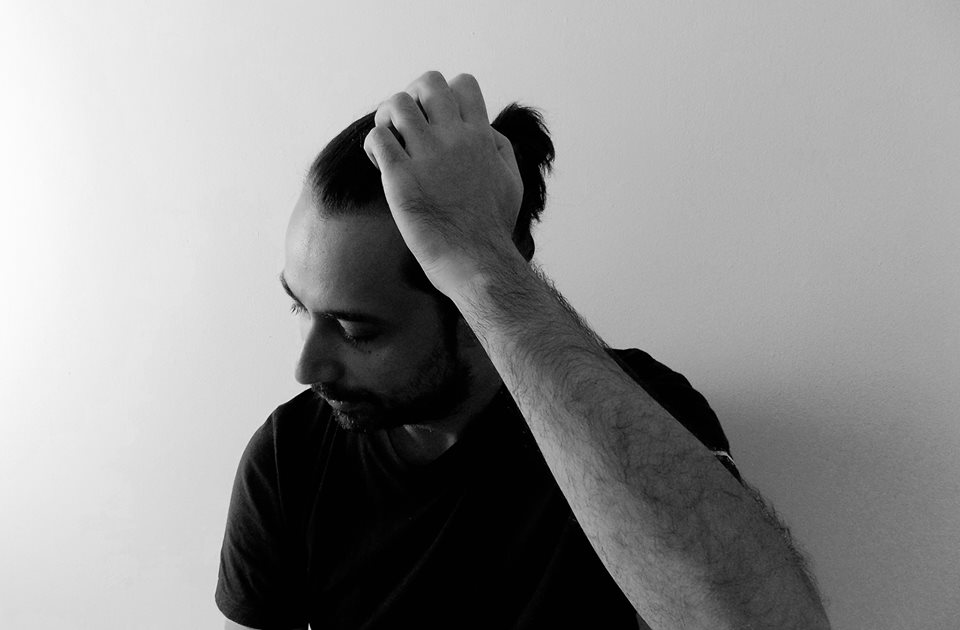
8) What could you suggest to aspiring sound designers? Considering the contemporary sound industry, what is, in your opinion, the fundamental knowledge and skills they must have to work properly?
G: Besides being proficient with the tools and having a grasp in Acoustic and Psychoacoustics, I think that an invaluable asset is to understand how sound will be involved in the technologies of tomorrow. For example, in a matter of 10 years we’re approaching to a world where robots, artificial intelligence and Virtual Reality will be omnipresent. Recently Magenta released a synthesizer, NSynth, based on neural networks, which is the founding science of artificial intelligence. How this is going to change us artistically and professionally?
“I think we all should think according with how the leading technologies will evolve”
9) We know you have a lot going on, any anticipations about upcoming projects you can tell us about?
G: At the moment I’m writing some music for TV/broadcast, creating the website for Silence+OtherSounds Music and working with some 3D motion designers. And then I will continue a series of releases called Ocean Themes, which are inspired to my research in wave propagation; here I try to build a bridge between the science of waves and Music, synthesizing sounds from ocean spectra data and even wave time series. Everything is well documented on the Silence+OtherSounds Music page.
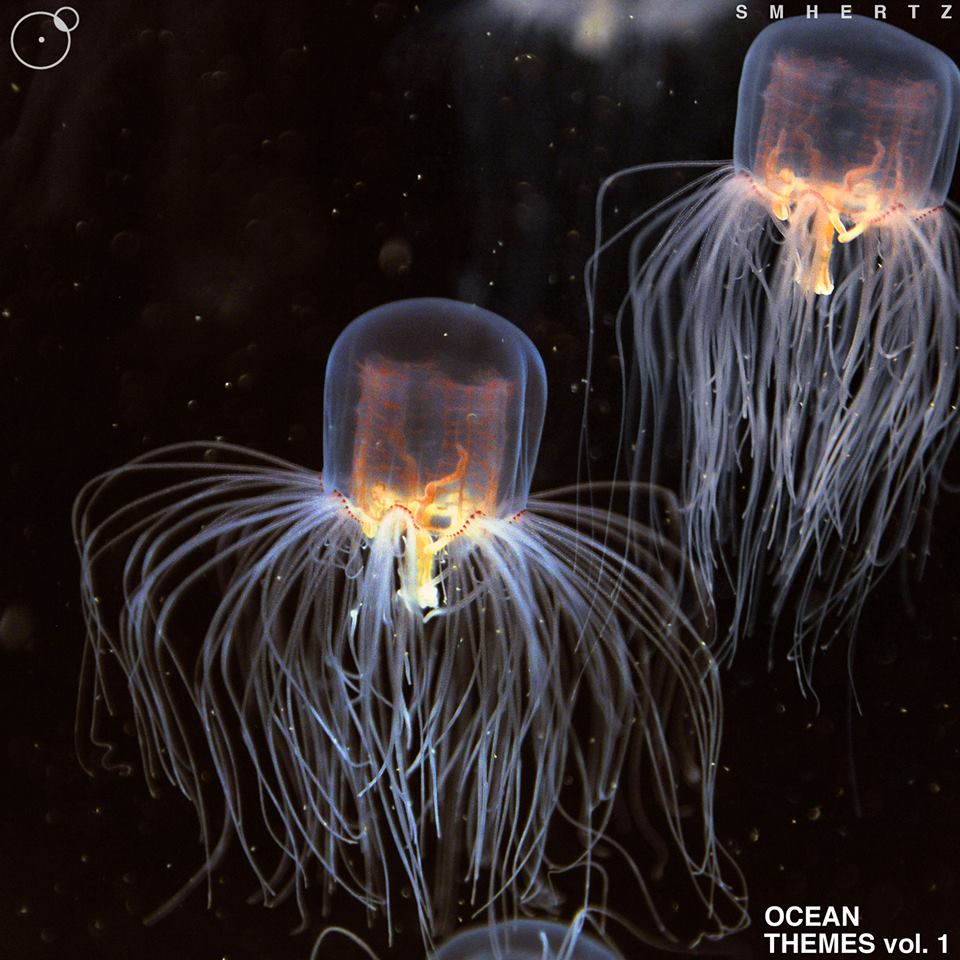
Thanks a lot to Giuseppe for sharing these precious thoughts.
AND WHAT ABOUT YOU? ARE YOU A SOUND PERSON YOURSELF, WITH INTERESTING PROJECTS GOING ON? CONTACT US, MAYBE YOU’LL BE INTERVIEWED NEXT TIME 😉
- Outtakes x sounDesign - February 13, 2018
- Sound Design for Animation and VR: a talk about the future of audio with Andy Thomson - October 18, 2017
- A tasteful example of audio sampling for stop motion - September 29, 2017


